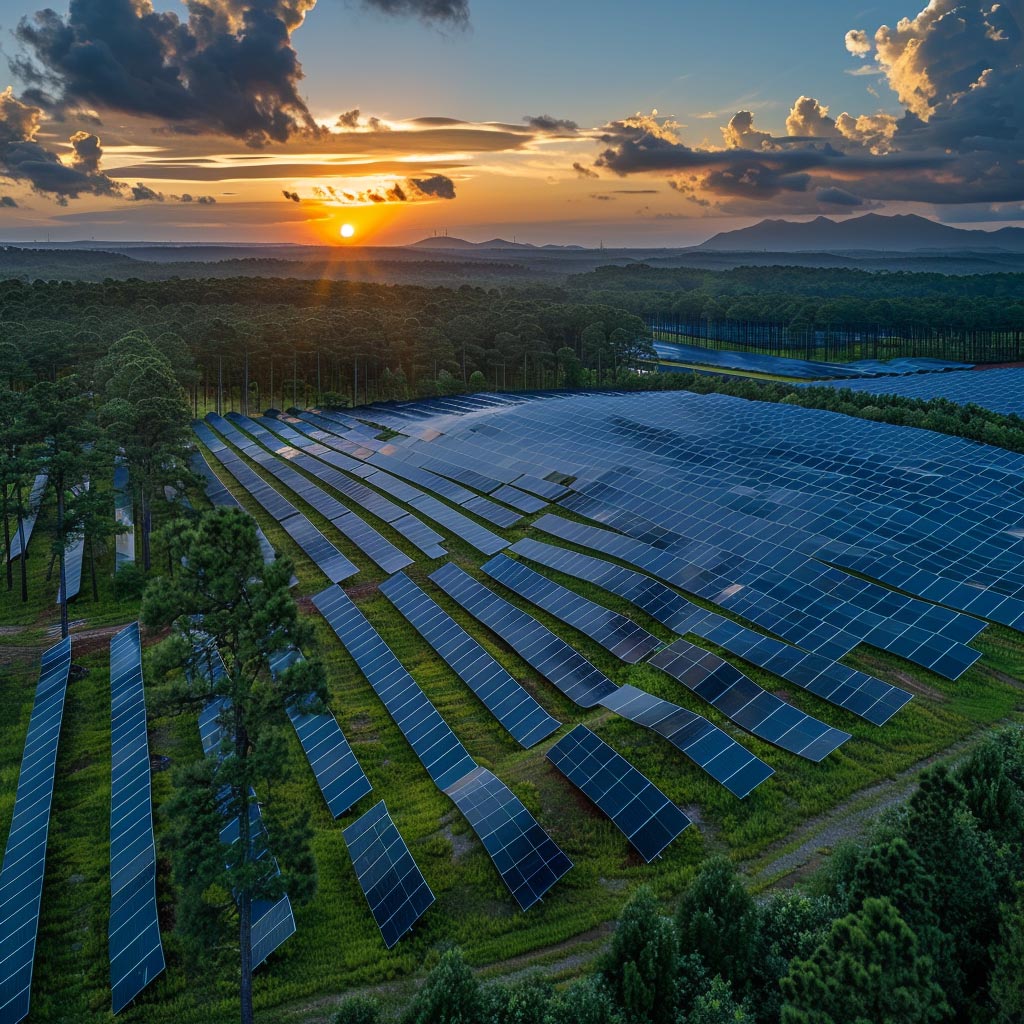When it comes to powering our homes, businesses, and cities, energy can come from a variety of sources. Two prominent methods are solar power and electricity generated from traditional power plants. While both provide the energy we rely on daily, they operate in very different ways. In this blog post, we’ll explore the key differences and similarities between these two sources of electricity.
Differences Between Solar Power and Power Plant Energy
1. Source of Energy
- Solar Power: Solar energy is harnessed directly from the sun using photovoltaic (PV) panels. These panels convert sunlight into electricity through a process called the photovoltaic effect.
- Power Plant Energy: Traditional power plants typically generate electricity by burning fossil fuels such as coal, natural gas, or oil, or by using nuclear reactions. Some power plants may also use renewable resources like water (hydroelectric) or wind.
2. Environmental Impact
- Solar Power: Solar energy is one of the cleanest and most sustainable sources of electricity. It produces no greenhouse gases or pollutants during operation and has a minimal environmental footprint.
- Power Plant Energy: Fossil fuel-based power plants emit significant amounts of carbon dioxide and other pollutants, contributing to air pollution and climate change. Nuclear power plants produce radioactive waste, which requires careful handling and long-term storage.
3. Energy Production
- Solar Power: Solar energy is intermittent, meaning it is only produced when the sun is shining. This can be a limitation in regions with less sunlight or during nighttime. However, advances in battery storage technology are helping to mitigate this issue by storing excess energy for later use.
- Power Plant Energy: Power plants can generate electricity continuously, regardless of weather conditions or time of day. They can be ramped up or down based on demand, providing a consistent and reliable energy supply.
4. Infrastructure and Cost
- Solar Power: The initial cost of solar panels and installation can be high, but they have low operating and maintenance costs. Over time, solar energy can lead to significant savings on electricity bills. Additionally, solar power systems can be installed on a small scale (such as on rooftops) or large scale (solar farms).
- Power Plant Energy: Power plants require significant infrastructure, including power lines, fuel transportation, and cooling systems. The cost of building and maintaining a power plant is high, and the price of fuel can fluctuate, affecting electricity prices.
Similarities Between Solar Power and Power Plant Energy
1. Electricity Generation
- Both solar power and power plants ultimately produce electricity that can be used to power homes, businesses, and industries. The end product—electrical energy—is the same, even though the methods of generation are different.
2. Grid Integration
- Whether generated from solar panels or power plants, electricity can be fed into the power grid to supply energy to a wider area. This integration allows for a more stable and reliable electricity supply.
3. Contribution to Energy Independence
- Both solar power and power plant energy contribute to energy independence by reducing reliance on imported fuels. Solar energy, in particular, allows individuals and businesses to generate their own electricity, reducing their dependence on the grid.
4. Role in a Balanced Energy Mix
- In many regions, solar power and power plant energy are both part of a balanced energy mix. This mix ensures that there is always enough electricity to meet demand, even when renewable sources are not available.
Conclusion
Understanding the differences and similarities between solar power and traditional power plant energy is essential for making informed decisions about energy use. While solar energy offers a clean, sustainable alternative with decreasing costs, traditional power plants provide a reliable and consistent energy supply. Both play crucial roles in powering our world, and as technology advances, we may see even more integration of these two methods to create a more sustainable and resilient energy system.
Whether you’re considering solar energy for your business or simply curious about how your electricity is generated, it’s clear that both solar power and power plant energy have their unique advantages and challenges.
